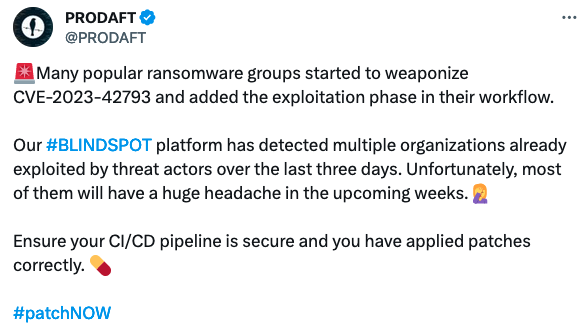Russian GRU Hackers Exploit Critical Patched Vulnerabilities
Cyberwarfare / Nation-State Attacks
,
Fraud Management & Cybercrime
,
Governance & Risk Management
TA422 Is Targeting Organizations in Europe and North America, Proofpoint Says

In the race between hackers and systems administrators that begins each time a company patches a zero day flaw, a Russian military intelligence hacking unit is often the winner, new research discloses.
See Also: Live Webinar | Cutting Through the Hype: What Software Companies Really Need from ASPM
Multiple studies suggest that organizations require weeks, if not months, to roll out patches while hackers can rush out an exploit of a newly-disclosed vulnerability in days or weeks.
One organization taking advantage of that disconnect is what Proofpoint dubs TA422 – also known as APT28, Fancy Bear and Forest Blizzard. The security firm in a Tuesday report said it has seen the threat actor “readily use patched vulnerabilities to target a variety of organizations in Europe and North America.” U.S. and British intelligence assess that Forest Blizzard is “almost certainly” part of the Russian General Staff Main Intelligence Directorate, better known as the GRU.
Among the n-days exploited by TA422 is CVE-2023-23397, a Microsoft Outlook elevation of privilege vulnerability that allows a remote, unauthenticated attacker to send a specially crafted email that leaks the targeted user’s hashed…



